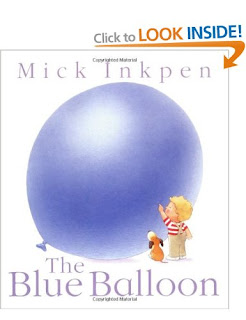I'm commenting on how children are using numbers in their play - yet for many of our children, numbers are beyond their current level of thinking.
Instead I should be thinking back to what we were told earlier in the year about the basic elements of early maths such as space and shape in a basic sense. I remember looking through the DCSF Numbers and Patterns document and talking about how children need to understand about space on a jigsaw board, or very basic sorting before they are able to move onto sorting by category and counting.
I've found that I've had to go back to the document and re-think a lot of the observations I've written this year.
Our maths area has hit a bit of a plateau. Our resources have been very successful to develop the children's thinking but we've found it hard to find new and exciting things to add to the area. During our growing topic we added different sizes of bulbs to compare. But sadly its winding down a little bit. What has been successful are the books which were suggested to us to add to the maths area. I've listed a few below and the opportunities we have had with each:
- The big blue balloon is a wonderful story which I remember from when I was a little boy. The best part of this story is the final page which you can unfold to 4x the page size. A lot of our children have enjoyed this because they can talk about the size of the balloon and the different shapes that it makes. We've enjoyed using the vocabulary relating to size such as "long" "big" "small" "stretched" etc.
- Washing line is a short story which talks about differences in items which can be hung on the washing line. We sadly didn't have the items we needed to add to the line but we talking about them from the story. For the children, talking about the difference was difficult. First they had to understand the concept of "same" and "different" and then try to understand the concept of 'why.' They really enjoyed the story and like to compare the colours of the items with colours they see around the setting.
- The very hungry caterpillar - this one is kind of obvious. For us it was less about the time (though some children understood it) and more about the concept of change. For children, change is something they expect to either happen RIGHT NOW or in the future. They don't really get how it can happen gradually. We sadly didn't receive our caterpillars to use during our topic/when we read this story as our core - but when we do we can use the knowledge we have learned to explore them. The children had a good idea about how the caterpillar changed from a tiny insect to a BIG FAT one.
There are quite a few other books we have been using but, for me, these are the three I really enjoyed sharing.
Enjoy half term!





